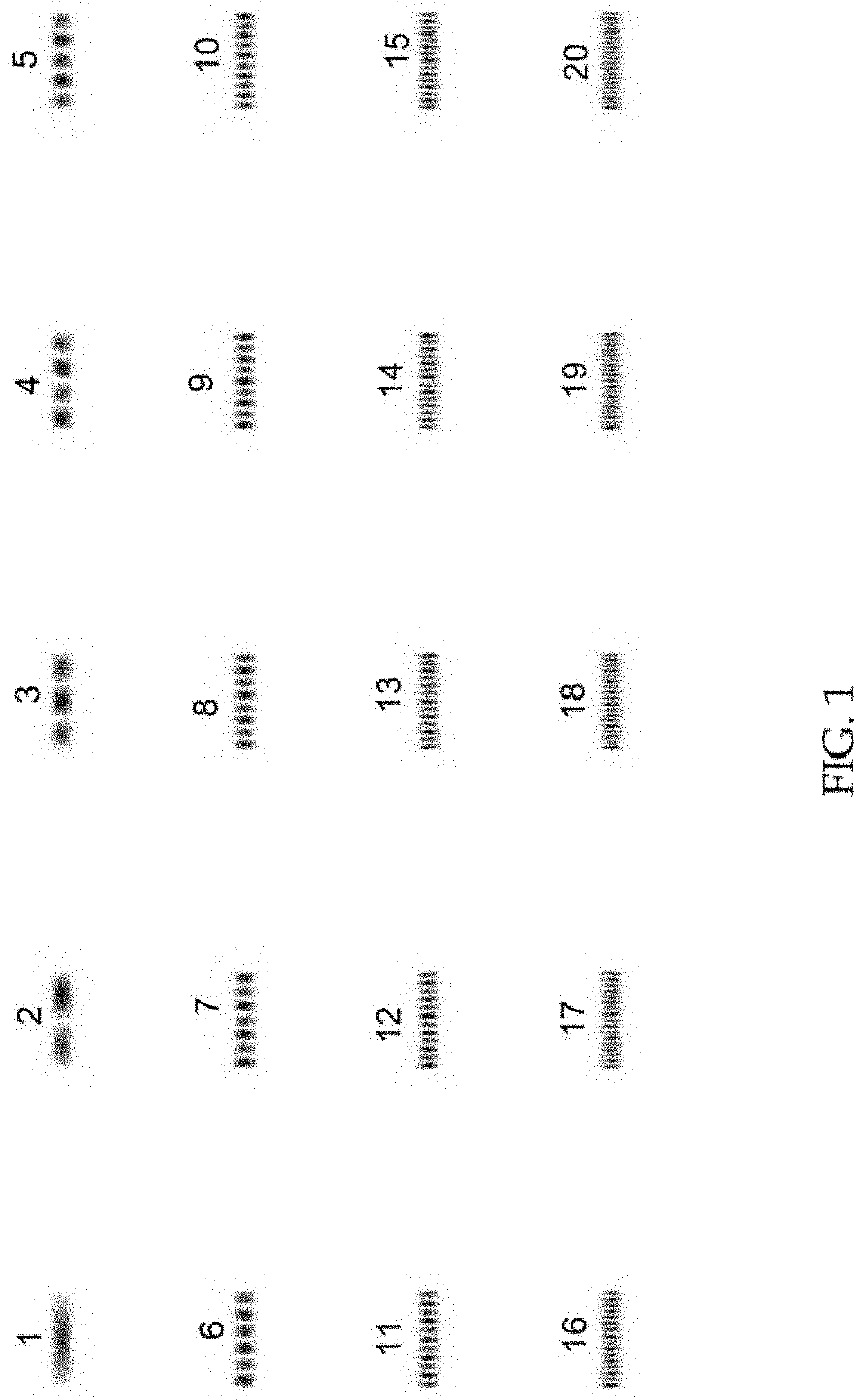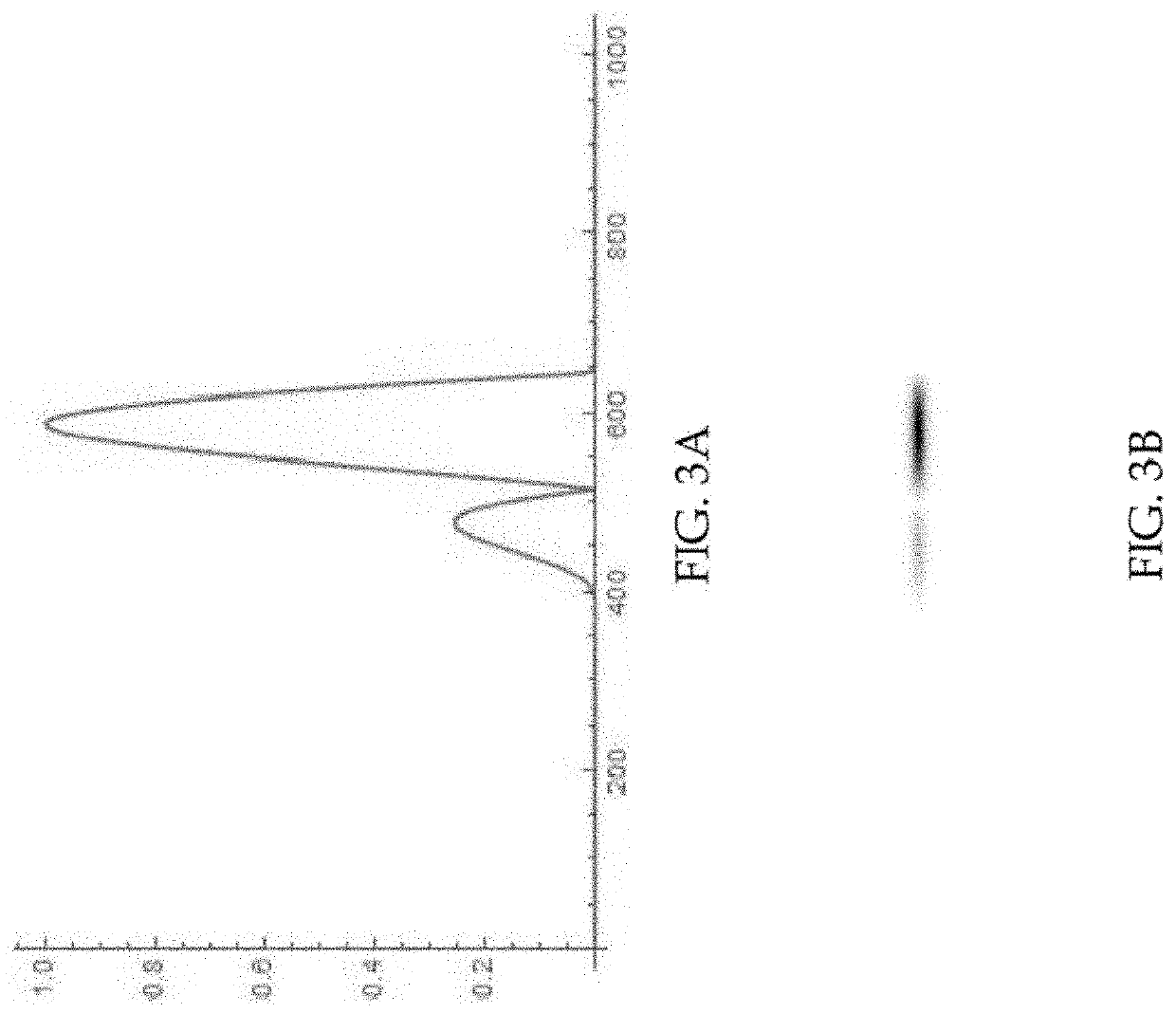User defined intensity profile laser beam
a laser beam and intensity technology, applied in the field of laser materials processing, can solve the problems of overheating of the material near the edge, the speed at which objects can be printed, and the speed of throughput, so as to improve the control of the thermal profile of the part, fine resolution control
- Summary
- Abstract
- Description
- Claims
- Application Information
AI Technical Summary
Benefits of technology
Problems solved by technology
Method used
Image
Examples
Embodiment Construction
[0036]One embodiment provides the generation of arbitrary intensity profiles by multi-mode interference in a multi-mode ribbon fiber. The concept here is to generate an intensity profile with a line of regularly spaced hot-spots, or lobes, each of which can be arbitrarily turned “on” or “off”; that is, pixels. This can be accomplished by judiciously arranging interference amongst the modes of a slab waveguide. Starting with the slab mode with the desired number of lobes, the relative intensity of each lobe can be adjusted by including some portion of the other modes, with appropriate amplitude and phase, such that the coherent summation of fields yields the desired profile. Mote that in this scheme, the required number of control channels is equal to (at most) the number of modes supported by the waveguide.
[0037]Selection of the required mode complex amplitudes can be done by mode filtering external to the fiber (slab) amplifier; or by seeding the amplifier with a low power pattern ...
PUM
| Property | Measurement | Unit |
|---|---|---|
| dimension | aaaaa | aaaaa |
| power | aaaaa | aaaaa |
| surface roughness | aaaaa | aaaaa |
Abstract
Description
Claims
Application Information
 Login to View More
Login to View More - R&D
- Intellectual Property
- Life Sciences
- Materials
- Tech Scout
- Unparalleled Data Quality
- Higher Quality Content
- 60% Fewer Hallucinations
Browse by: Latest US Patents, China's latest patents, Technical Efficacy Thesaurus, Application Domain, Technology Topic, Popular Technical Reports.
© 2025 PatSnap. All rights reserved.Legal|Privacy policy|Modern Slavery Act Transparency Statement|Sitemap|About US| Contact US: help@patsnap.com



